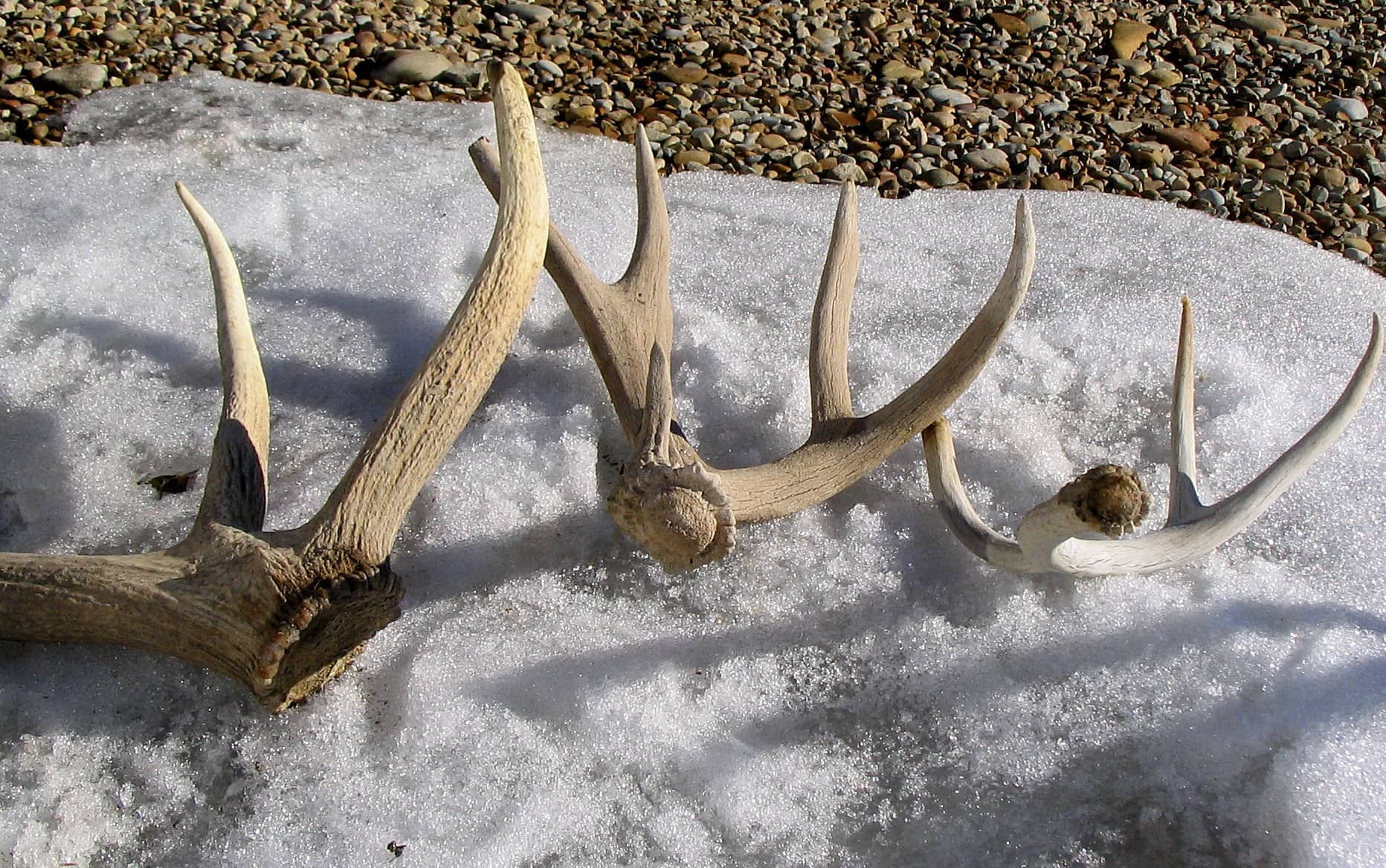
Shed horn season is quickly approaching and in order to hunt for sheds individuals must take an educational ethics course and obtain a certificate of completion. Castle Country Radio was able to speak over the telephone with Conservation Outreach Manager, Aaron Bott who spoke about the details.
“Well it’s a really quick and easy ethics course, like you said, it doesn’t take much more than five minutes to do. But really, it’s purpose is to educate people about how you can appropriately go shed hunting. So moose start dropping their paddles typically in December, but then deer start to drop in Jan. and Feb., and then elk start to drop theirs in Mar. During this time in mid to late winter the animals don’t like to be moved too much because there’s not a lot of food. So to help their survival we encourage people to give them their space,” said Bott. The ethics course covers why hunters need to be respectful to wildlife during these winter/spring months and it also discusses how to be respectful to private land owners when shed horn hunting.
“This ethics course allows you to get out in the field and collect antlers between Feb. 1 and Apr. 15. You don’t need the certificate after Apr. 15 but if you’re going to go during these early spring months, late winter months, you need to have this certificate completed and you need to have it on you when you go out and about shed hunting,” stated Bott. You must have an antler-gathering certificate on your person while collecting shed antlers or horns. It’s important to remember that the certificate does not authorize you to trespass on closed areas or private lands to collect shed antlers or horns. The course is offered online and can be accessed easily from your computer by visiting https://wildlife.utah.gov/
It has been a cold winter with lots of snow this year and it’s pushed the animals down to the valley causing them to stress out trying to find food. “So we ask people to please be mindful and respectful of wildlife. Watch for them on the road as you’re driving about at night because they’re around. We do have some restrictions still on feeding wildlife here in southeastern Utah, which is Emery and Carbon County and all the way down south to the four corners region,” stated Bott. There are some areas up around the Wasatch front that allows individuals to feed the wildlife but that is not the case in our area because of chronic wasting disease.
To keep informed on DWR please visit their website at https://wildlife.utah.gov/ or their Facebook page.
